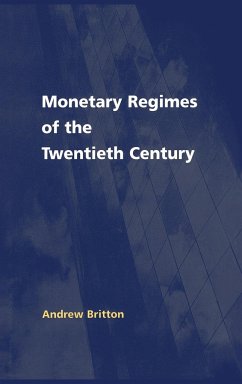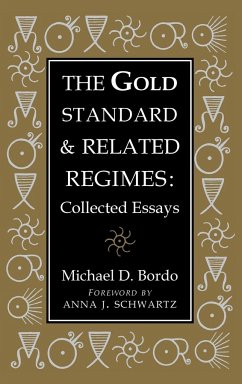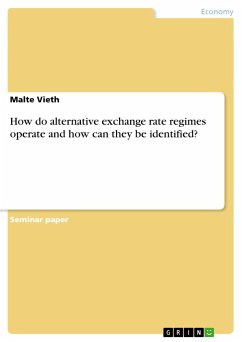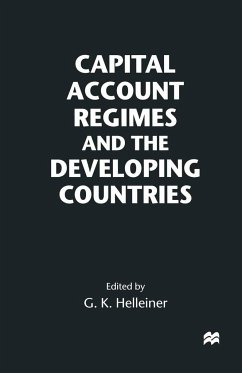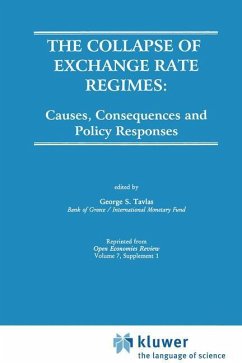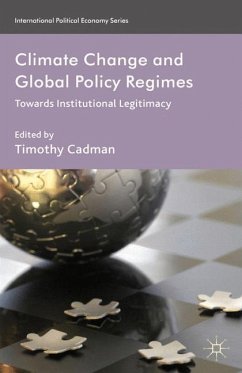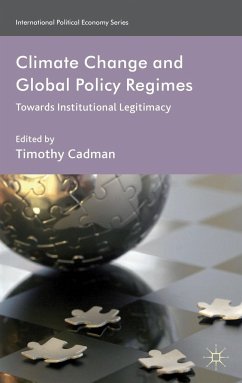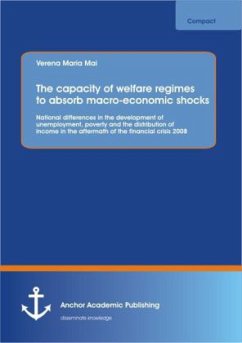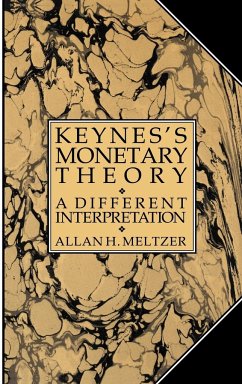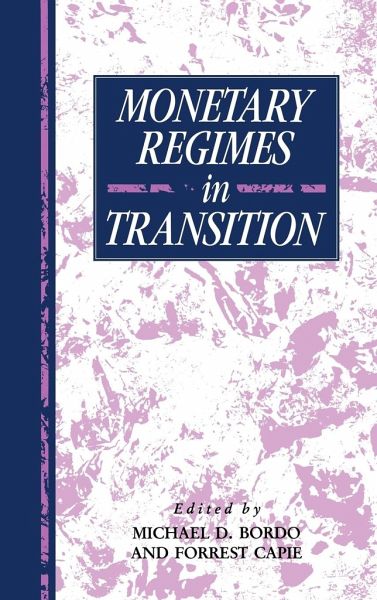
Monetary Regimes in Transition
Versandkostenfrei!
Versandfertig in 1-2 Wochen
133,99 €
inkl. MwSt.

PAYBACK Punkte
67 °P sammeln!
This important contribution to comparative economic history examines different countries' experiences with different monetary regimes, laying particular emphasis on how the regimes fared when placed under stress such as wars or other changes in the economic environment. Covering the experience of ten countries over the period 1700-1990, the contributors employ the latest techniques of economic analysis in their studies. Several papers are concerned with the transformation from bimetallism to gold monometallism in the nineteenth century and the determinants of monetary regimes transformation in...
This important contribution to comparative economic history examines different countries' experiences with different monetary regimes, laying particular emphasis on how the regimes fared when placed under stress such as wars or other changes in the economic environment. Covering the experience of ten countries over the period 1700-1990, the contributors employ the latest techniques of economic analysis in their studies. Several papers are concerned with the transformation from bimetallism to gold monometallism in the nineteenth century and the determinants of monetary regimes transformation in the core countries of Britain, France and the United States. Others focus on the successful and unsuccessful gold standard experiences of Canada, Australia, and Spain, while yet others examine the experience of wartime and postwar stabilizations surrounding the two World Wars and the Napoleonic War.
Table of contents:
1. Introduction Michael D. Bordo and Forrest Capie; Part I. Commodity Money Standards in Transition: 2. The scramble for gold: monetary regime transformation in the 1870s Giulio M. Gallarotti; 3. The Latin Monetary Union and the emergence of the international gold standard Angela Redish; 4. Greenback resumption and silver risk: the economics and politics of monetary regime change in the United States 1862-1900 Charles W. Calomiris; Part II. Successful and Unsuccessful Adherence to the Gold Standard: 5. Spain during the classical gold standard years 1880-1914 Pablo Martin-Acena; 6. Canada and the gold standard 1871-1914: a durable monetary regime Trevor O. Dick and John E. Floyd; 7. Australia's payments adjustment and capital flows under the international gold standard, 1870-1913 David Pope; Part III. Wartime Upheaval and Postwar Stabilization: 8. British and French finance during the Napoleonic Wars Michael D. Bordo and Eugene N. White; 9. Interpreting a change in monetary policy regimes: a reappraisal of the first Hungarian hyperinflation and stabilization, 1921-1928 Pierre L. Siklos; 10. Halting inflation in Italy and France after the Second World War Alessandra Casella and Barry Eichengreen; 11. The rise and fall of credit controls: the case of Sweden 1939-1989 Lars Jonung; Part IV. Perspectives on Monetary Regimes: 12. An assessment of monetary regimes Anna J. Schwartz.
This important contribution to comparative economic history examines different countries' experiences with different monetary regimes. Covering the experience of ten countries over the period 1700-1990, the book employs the latest techniques of economic analysis, to explain the adoption and relative success of different regimes.
This important contribution to comparative economic history examines different countries' experiences with different monetary regimes.
Table of contents:
1. Introduction Michael D. Bordo and Forrest Capie; Part I. Commodity Money Standards in Transition: 2. The scramble for gold: monetary regime transformation in the 1870s Giulio M. Gallarotti; 3. The Latin Monetary Union and the emergence of the international gold standard Angela Redish; 4. Greenback resumption and silver risk: the economics and politics of monetary regime change in the United States 1862-1900 Charles W. Calomiris; Part II. Successful and Unsuccessful Adherence to the Gold Standard: 5. Spain during the classical gold standard years 1880-1914 Pablo Martin-Acena; 6. Canada and the gold standard 1871-1914: a durable monetary regime Trevor O. Dick and John E. Floyd; 7. Australia's payments adjustment and capital flows under the international gold standard, 1870-1913 David Pope; Part III. Wartime Upheaval and Postwar Stabilization: 8. British and French finance during the Napoleonic Wars Michael D. Bordo and Eugene N. White; 9. Interpreting a change in monetary policy regimes: a reappraisal of the first Hungarian hyperinflation and stabilization, 1921-1928 Pierre L. Siklos; 10. Halting inflation in Italy and France after the Second World War Alessandra Casella and Barry Eichengreen; 11. The rise and fall of credit controls: the case of Sweden 1939-1989 Lars Jonung; Part IV. Perspectives on Monetary Regimes: 12. An assessment of monetary regimes Anna J. Schwartz.
This important contribution to comparative economic history examines different countries' experiences with different monetary regimes. Covering the experience of ten countries over the period 1700-1990, the book employs the latest techniques of economic analysis, to explain the adoption and relative success of different regimes.
This important contribution to comparative economic history examines different countries' experiences with different monetary regimes.



